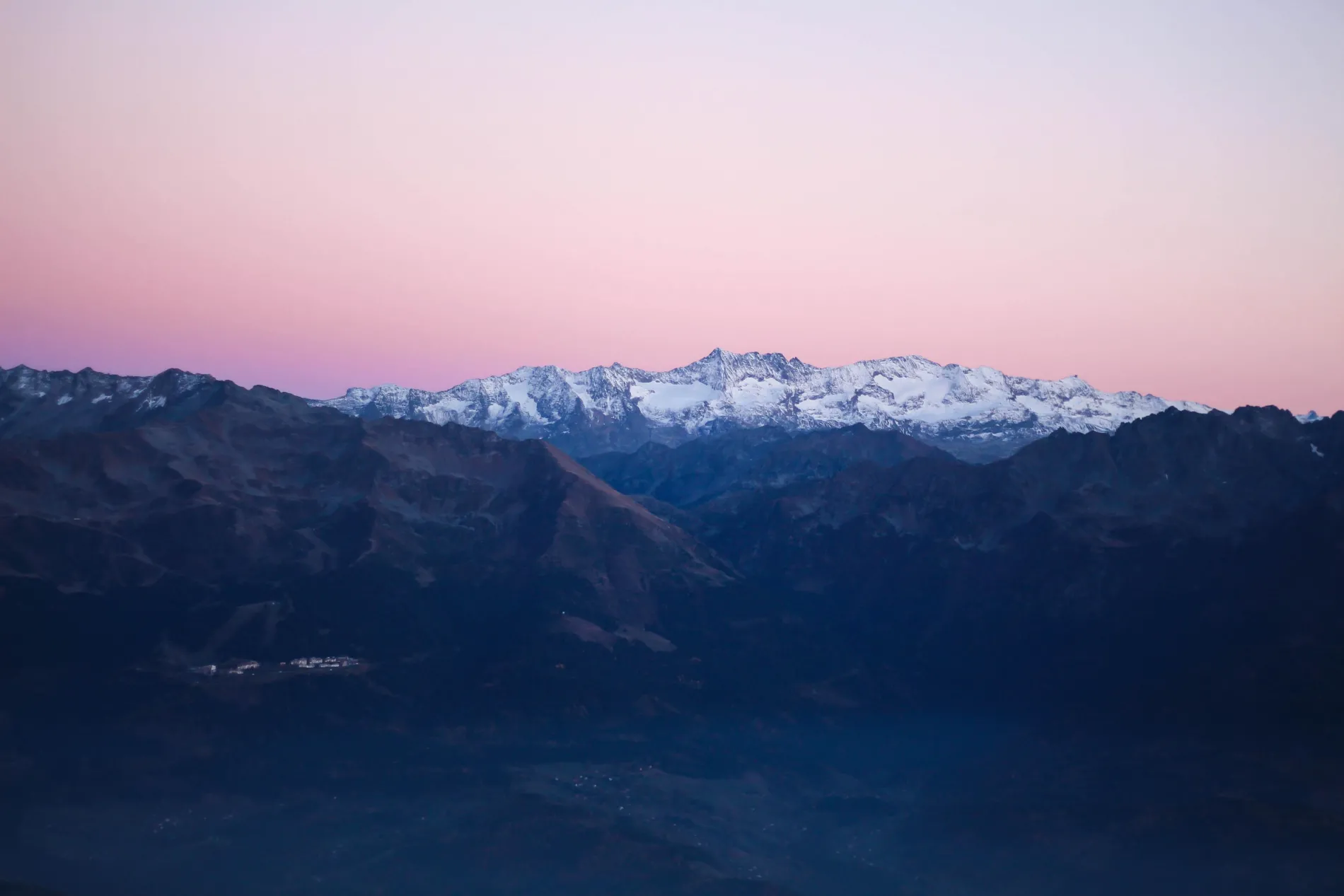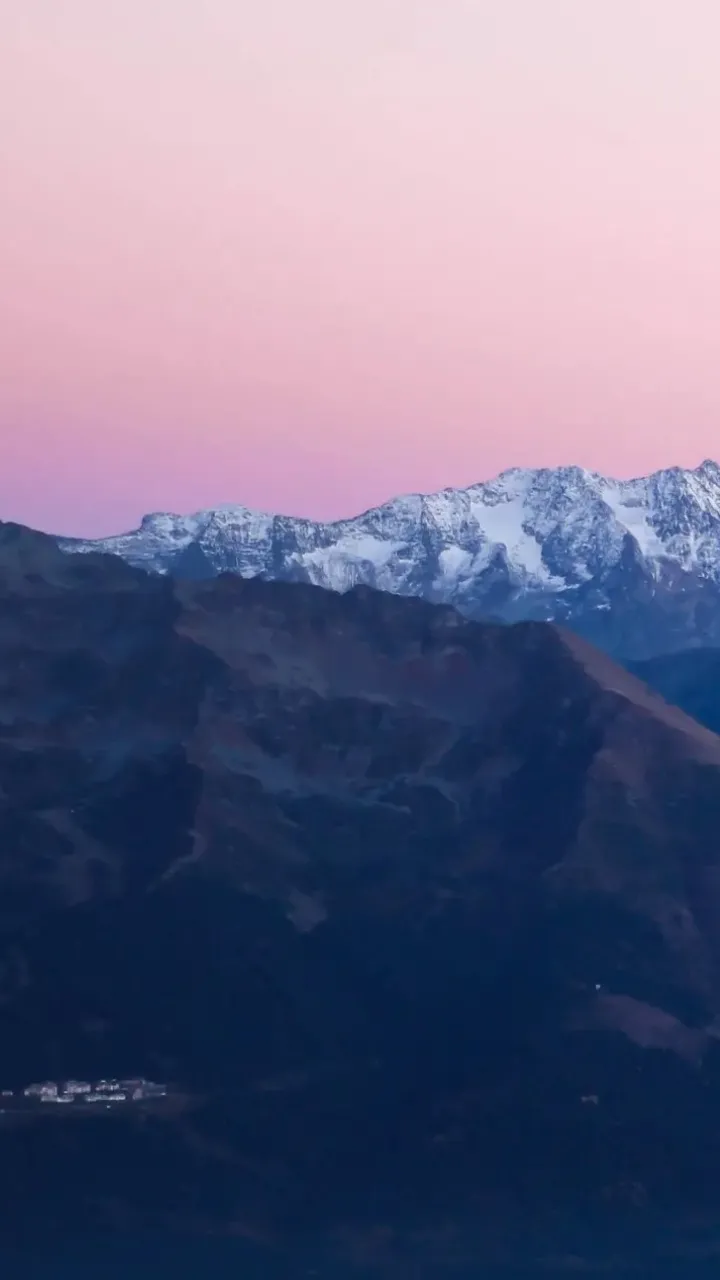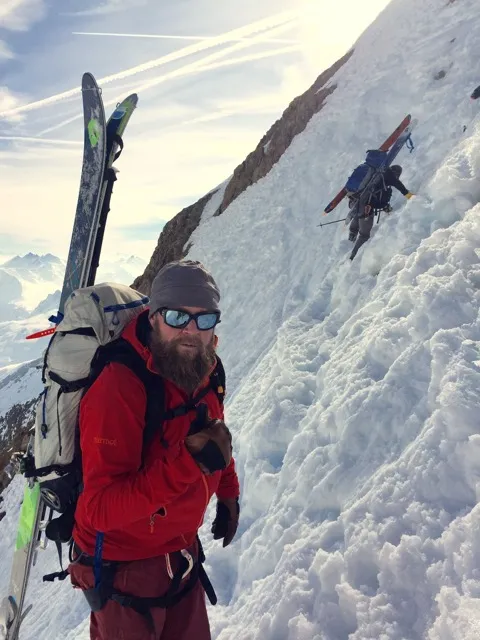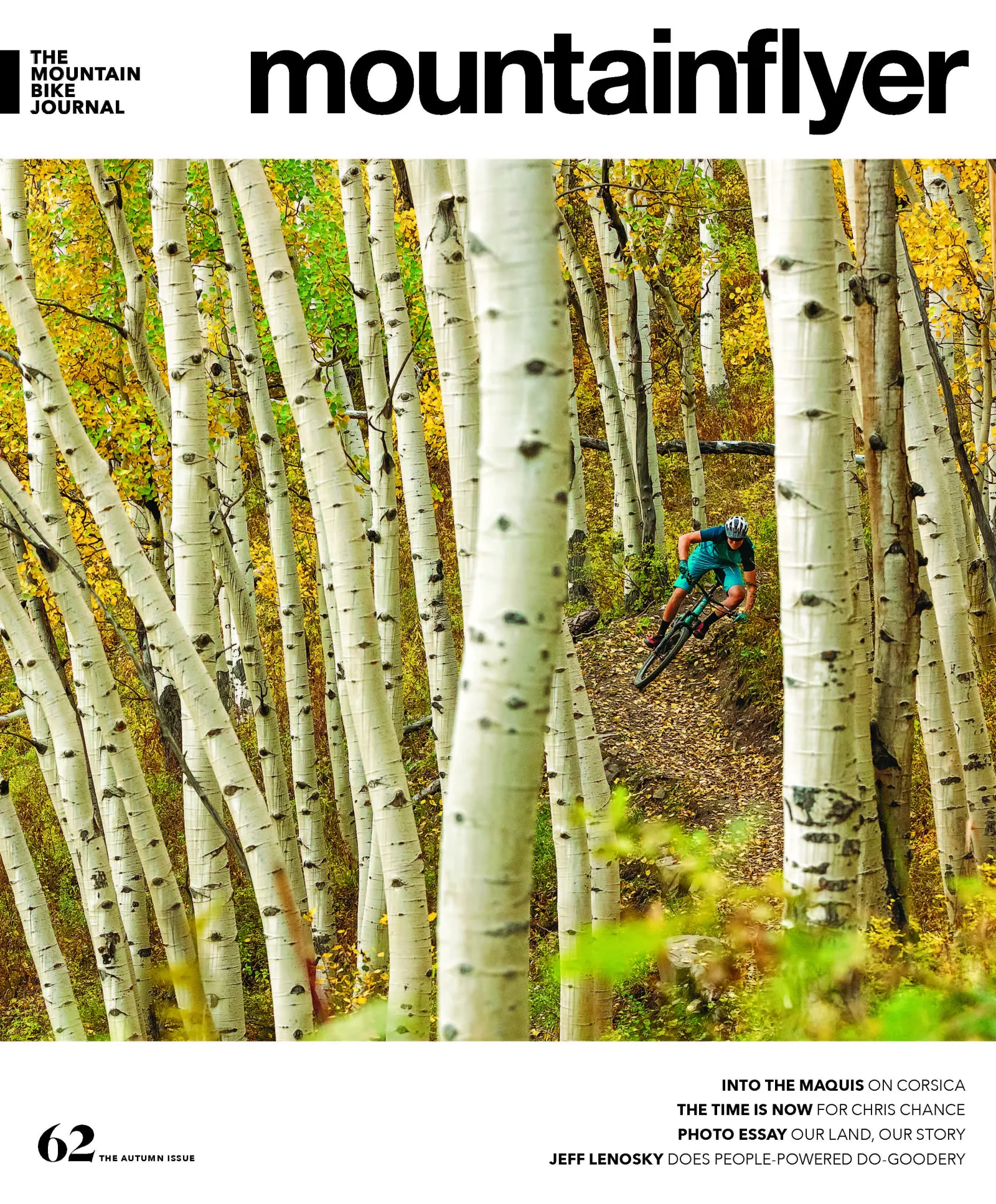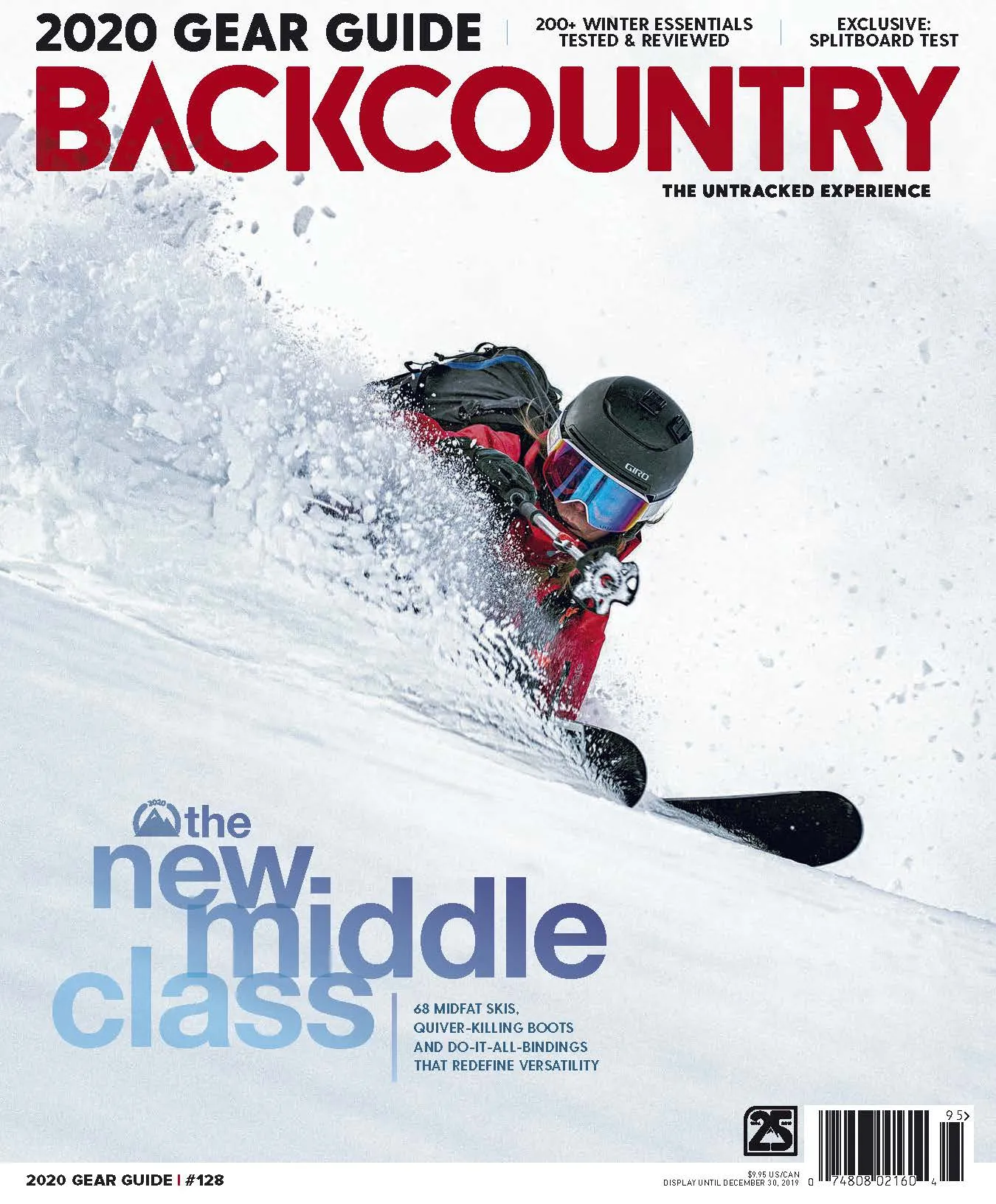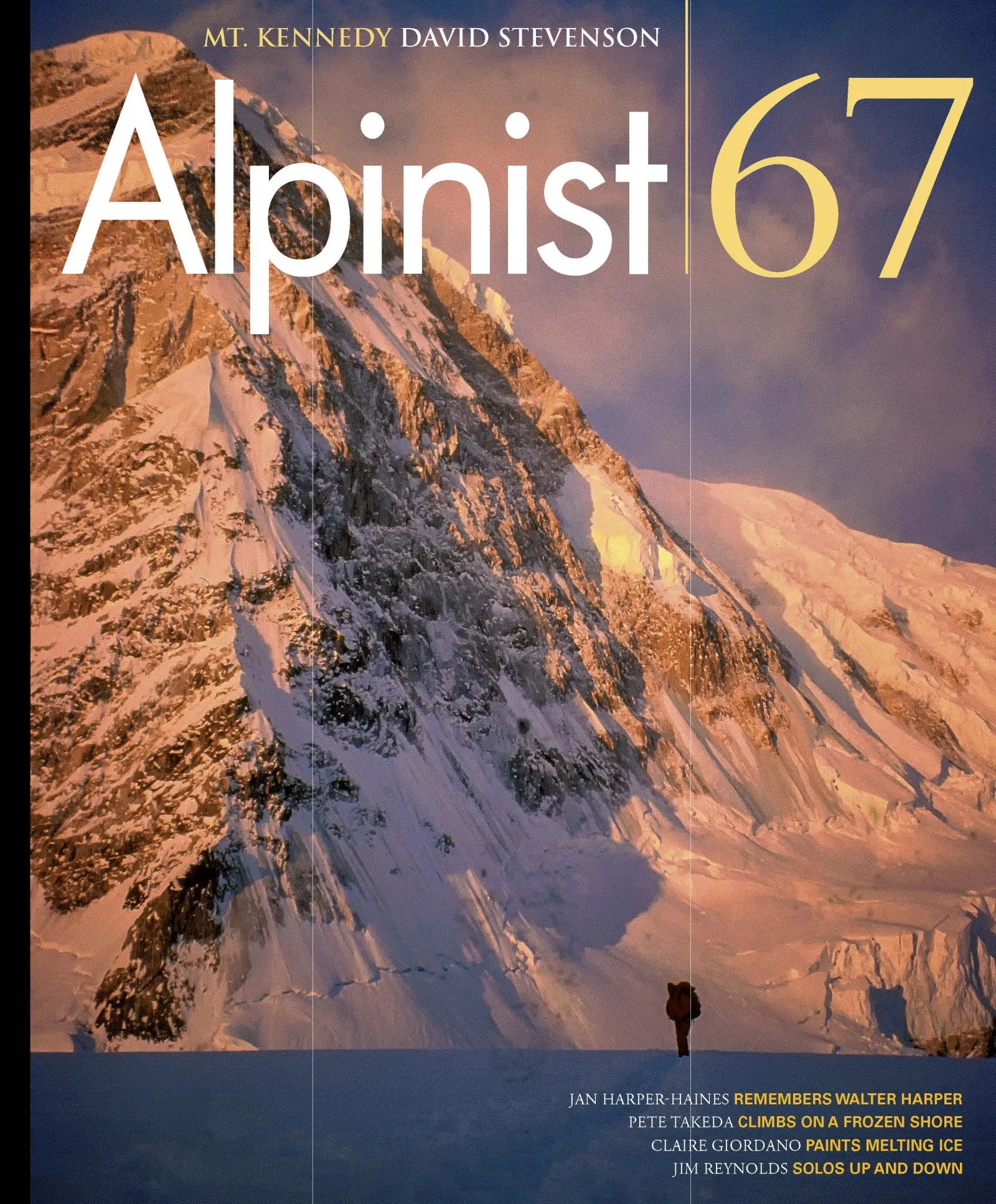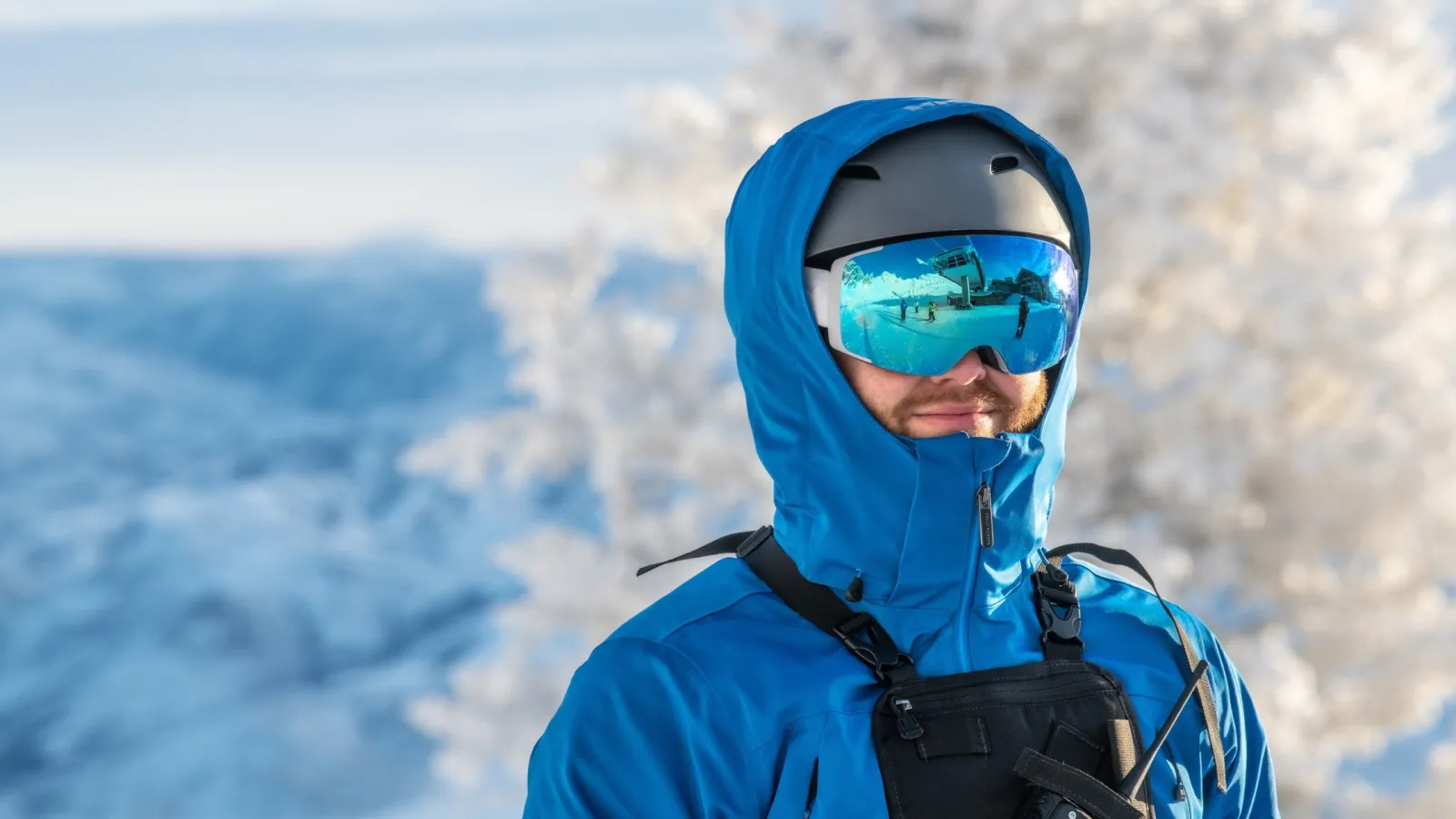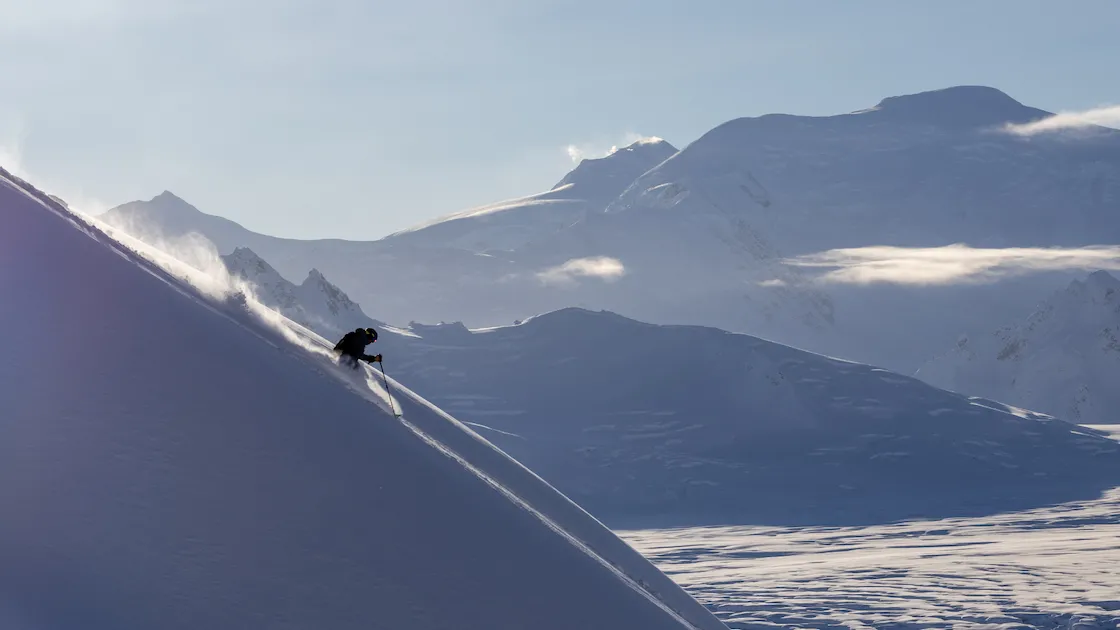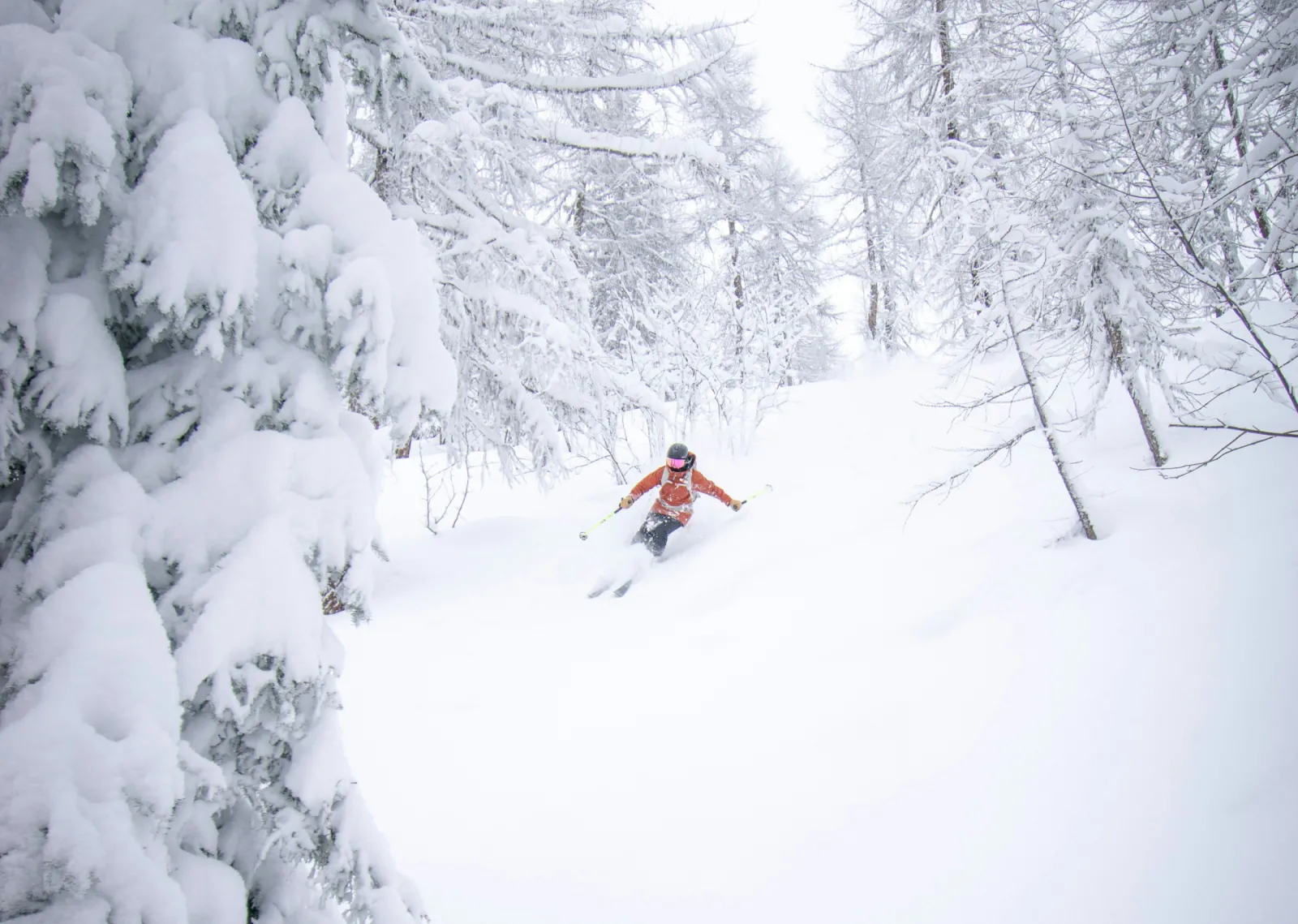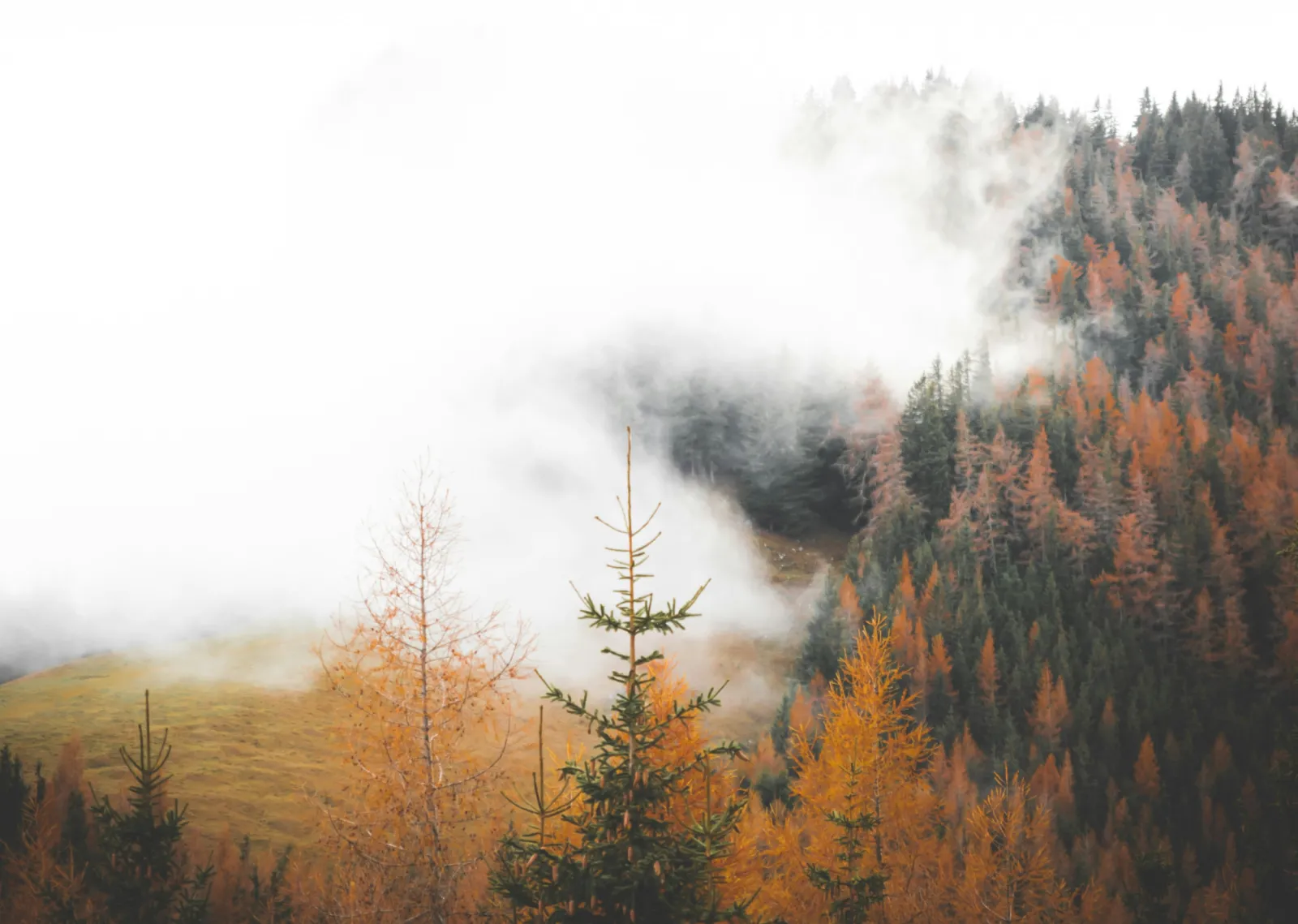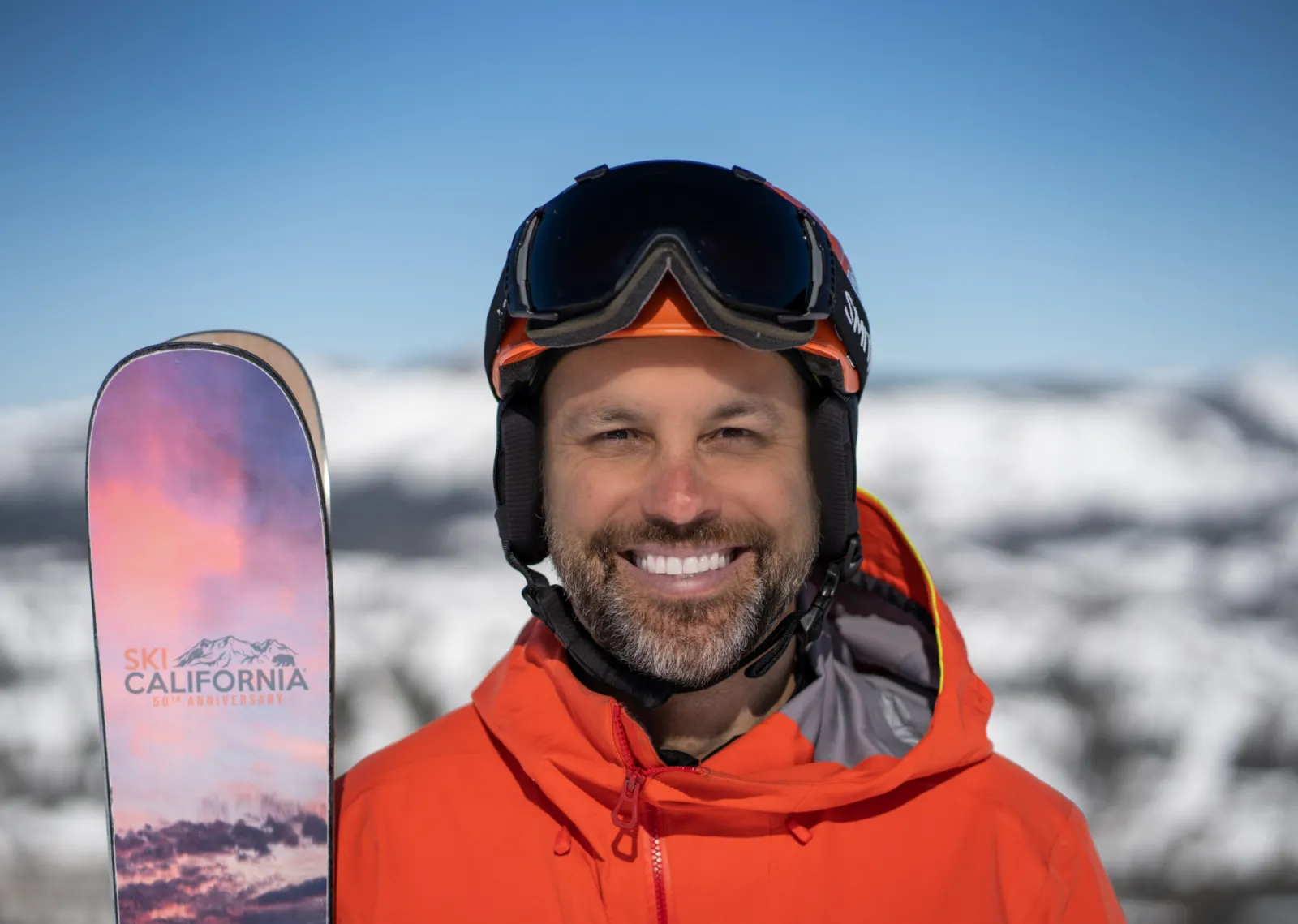An interview with Adam Howard, founder of Height of Land Publications
It’s fair to say that when Adam “Howie” Howard founded Height of Land Publications and purchased the iconic backcountry snowsports title Backcountry in 2002, he had no idea what he was getting into. Seventeen years ago, print remained the medium-of-choice for mountain sports storytelling, and Facebook was still two years from being founded. A lifelong mountain sports enthusiast, Howard had been raised on an eight-generation dairy farm, where he lives today, with his wife, Holly, and daughters Hazel and Antonia. He had the passion; he had the work ethic. How could he go wrong?
Of course, the publishing industry has changed dramatically since Height of Land was founded. But despite the rise of all things digital, and the innumerable challenges of producing print publications in the Internet era, Adam Howard and the 18 Height of Land employees have managed to carve out an expanding niche from their headquarters in tiny Jeffersonville, Vermont, at the foot of Smuggler’s Notch resort. Height of Land now publishes four print titles: Backcountry, Cross Country Skier, Alpinist, and Mountain Flyer.
We sat down recently to speak with Adam about publishing, storytelling, dairy farming, the future of his business, and, of course, branding.
Origin: What made you think you could be successful with print in an era when so many pundits were -and still are - announcing the death of print?
Adam Howard: I guess I have a different answer at different times. You have to remember that in 2002, print wasn’t dead, and no one knew how to make money online. It’d definitely gotten harder, but as long as people want to read, it’s still a place where we can have a say. And there are still readers, people who really care about the written word and good storytelling. In fact, we’ve made shifts in that direction; a 3,000-word feature is short for us, and in Alpinist, we’ll run two-part, 30,000-word mountain profiles. You can’t do that online. You just can’t.
When people say “it’s gotta be tough being in print,” I say “you must not be a reader.” More than print, that’s what I care about: Reading. I care about people continuing to read. What you can do with language in print can only be done in that medium - it can’t be done in video. It’s very pure to me, and I would not be complete if all this stuff went away.
Origin: But aren’t there actually fewer people reading these days?
AH: Yeah. It may go away. Younger people don’t read as much. And on the industry side, we’re losing the infrastructure and services that make print publishing work. It’s like being a dairy farmer in Vermont; there used to be a repair shop in every town, and now you gotta drive 100 miles to find someone to work on your tractor. We can only be viable as long as the distribution and services are there.
Origin: Yet you’re still managing to do something pretty special and to keep growing. How?
AH: When we started this thing, we were too young and dumb to think we might fail. And I guess that’s still true. The business side is a bugaboo, and it probably always will be. The minute you take you start coasting, you’re toast. So we just keep plugging away, doing what we’re good at, what comes naturally to us. We know that at our core we’re outdoors people and we’re journalists. We can pretend to be other things, but we’re just not, and people will see right through it, anyway.
Origin: You’ve built your business on taking the reigns of magazines with loyal followings and a well-defined brand. There’s got to be a huge sense of responsibility that goes along with that approach.
AH: Honestly, I’ve always been more nervous about screwing up the business side of things, than the actual product. We felt pretty strongly that we had the talent to pull it off, and that we could get good material, that it was out there, that people cared enough to actually buy the damn thing. You know, I feel like I know what good branding is and isn’t, and I can point to outdoor businesses that are good, and that aren’t. But you can have the best branding in the world and it will only sustain you for so long if your product sucks. I think we’re not very good at branding, but I think we know our readers, and we know ourselves, and we know how to do the product pretty well.
Origin: Can you give me an example of what you mean by knowing your readers and yourselves?
AH: Well, early on we really thought the title Backcountry lent itself to being more multi-sport, and that was our intention. But we pretty quickly realized that wasn’t what we wanted, because it would have forced us to talk about stuff like snowshoeing, and none of us wanted to talk about snowshoeing. We realized that we needed to stay focused on backcountry skiing and riding, both for our readers, and for ourselves. We also realized we couldn’t stay that small and survive, which is how we ended up adding three other titles.
Origin: What’s the future of Height of Land? Greater online presence? More titles?
AH: We have decided not to move heavily online because we’ve watched our competitors do that and get smoked. It may work in the future, but right now, it doesn’t. But we are diversifying; we’re about to launch a podcast, and we’re piloting a travel service. And we’ll continue to make great print magazines and do our best online. Anything else we do cannot disrupt that.
We measure the merits of any venture by asking ourselves if it’s unique and if it allows to just be who we are, which is journalists and outdoors people. Because otherwise, what’s the point, really?
